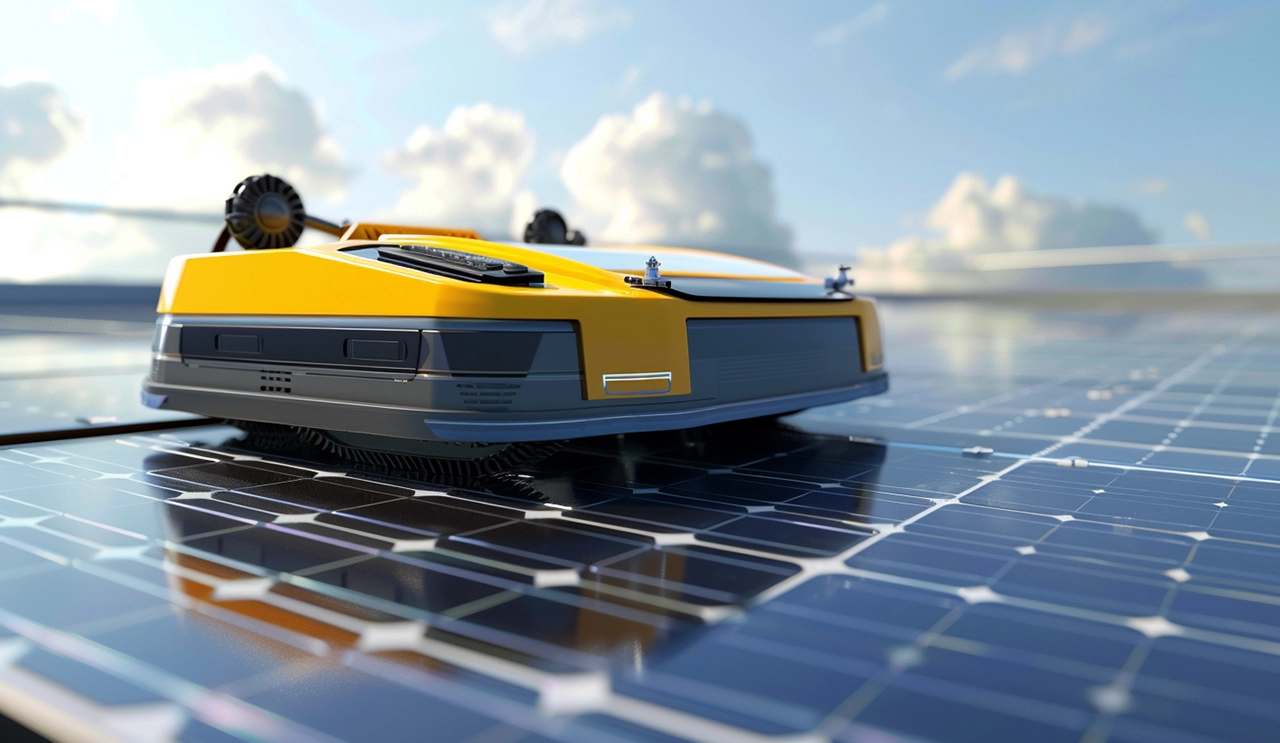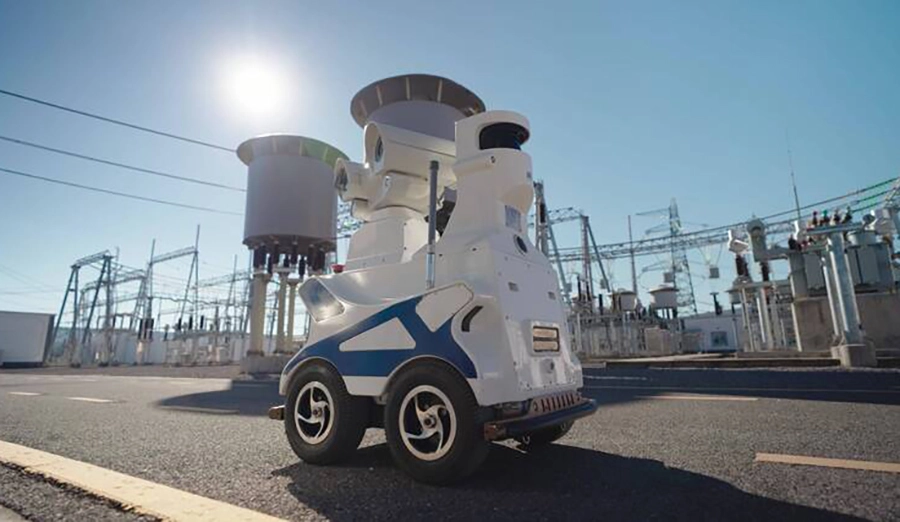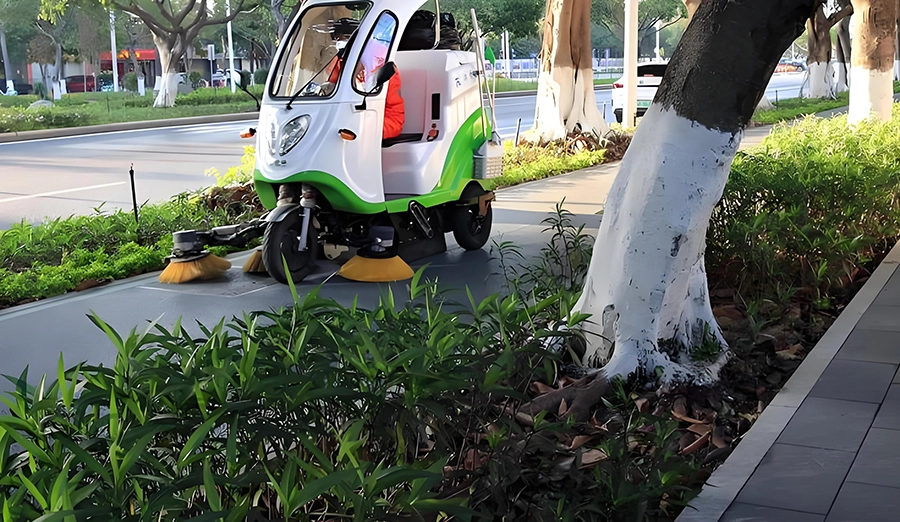
WIRELESS CHARGING IN THE NEWS
With the wireless charging power density exceeding 50kW/m² (such as the latest product of WiBotic in the United States), the charging efficiency is comparable to wired transmission, and the application scenarios of AGVs are expanding from factories to extreme environments such as ports and mines. This technological wave will trigger profound changes in the manufacturing industry.
The direction of technological evolution
1. Multi-device collaborative charging
The new generation of wide-area wireless charging technology can power multiple AGVs simultaneously. The magnetic coupling array technology of Blue Ocean Robotics from Denmark supports 10 AGVs to share a charging power of 100kW within a radius of 5 meters.
2. Anti-interference and security improvement
By using the millimeter-wave frequency band (such as Toshiba's 94GHz solution in Japan) to avoid interference from the metal environment, the charging stability reaches 99.99%, meeting the high-precision manufacturing requirements of aerospace and other industries.
3. Standardized and modular design
IEC has released the international standard for wireless charging (IEC 61980), promoting plug-and-play charging modules. The standardized wireless charging chassis developed by CRRC is compatible with over 90% of AGV models.
Industrial influence
- Production mode transformation: Uninterrupted charging makes "dark factories" possible. Fanuc in Japan has achieved 72-hour unmanned production.
Enhanced supply chain resilience: Wireless charging AGVs support rapid reconfiguration of production lines, and the BMW Munich plant can switch models for production within 48 hours.
Challenges and Responses
- Cost issue: Currently, the cost of a wireless charging system is twice that of a wired charging system, but after large-scale application, it is expected to achieve cost parity by 2028.
- Electromagnetic compatibility: The magnetic field shielding technology needs to be optimized. The Europeanunionhas already issued the EMC certification standards for industrial wireless charging.
High-power wireless charging technology is rewriting the "energy rules" of AGVs, driving the manufacturing industry towards full-time, self-adaptive and zero-carbon evolution. This transformation is not only a victory of technology, but also a milestone in the leap of industrial civilization to a higher dimension.







